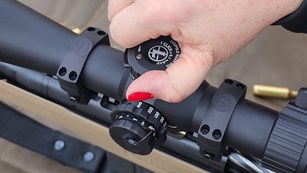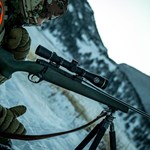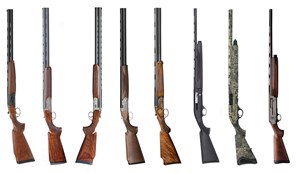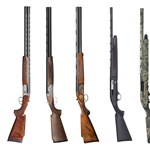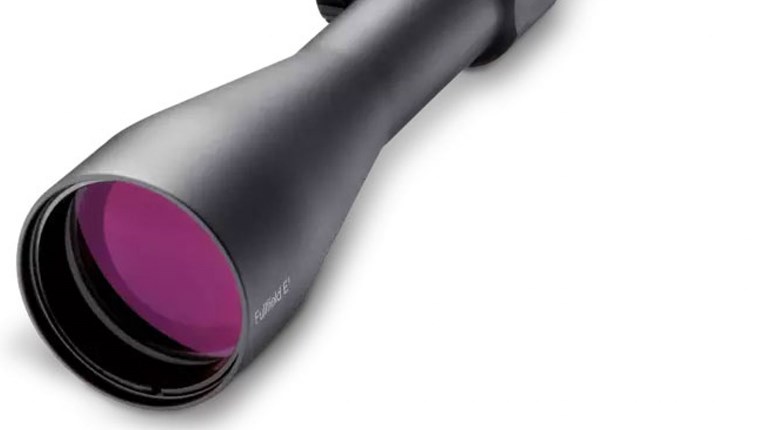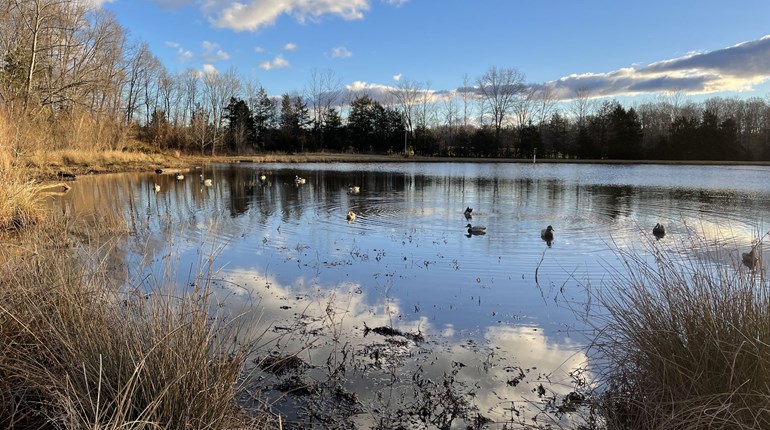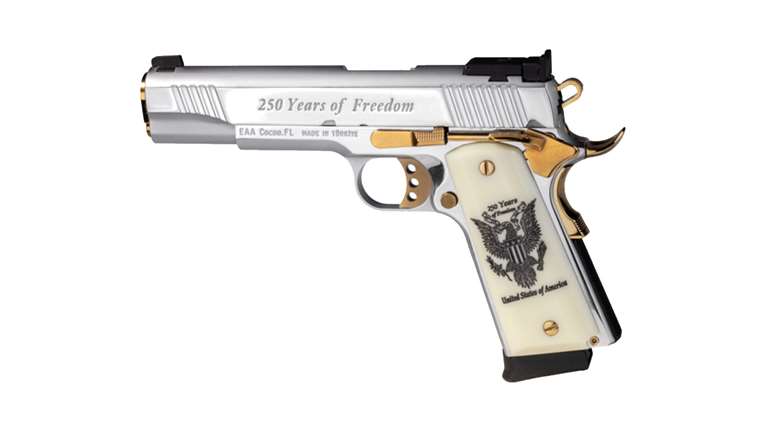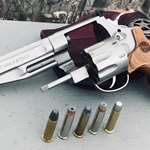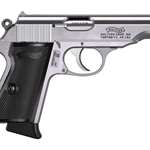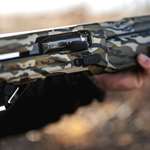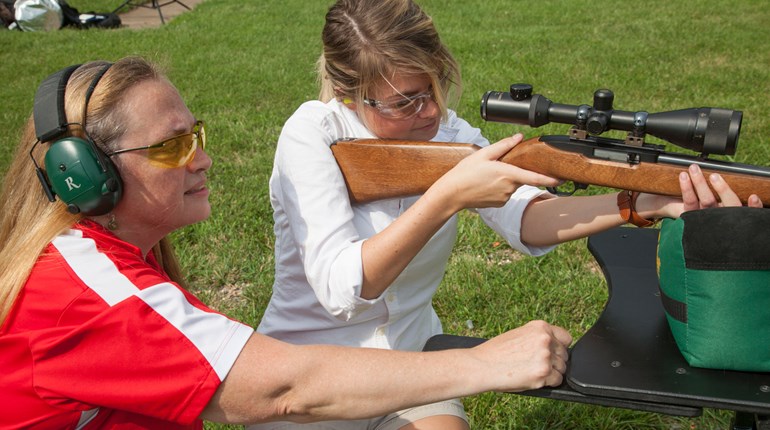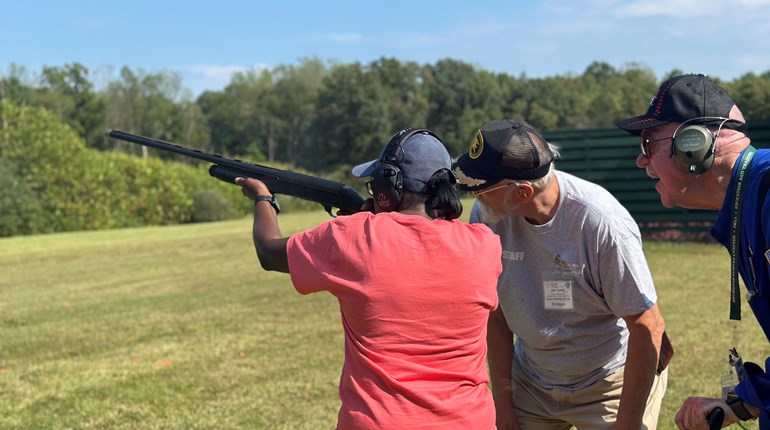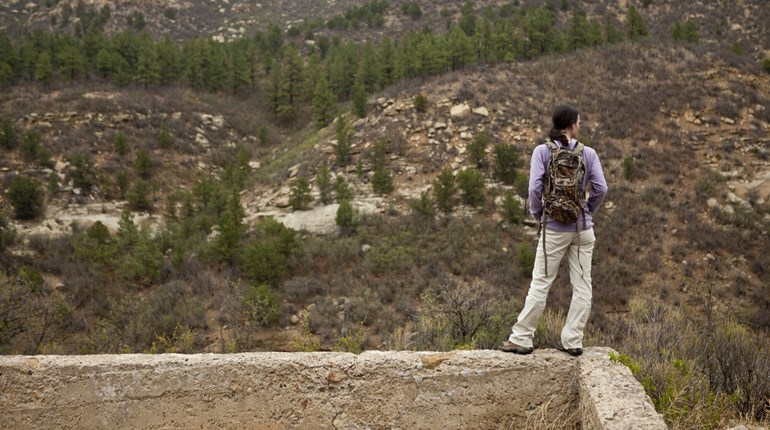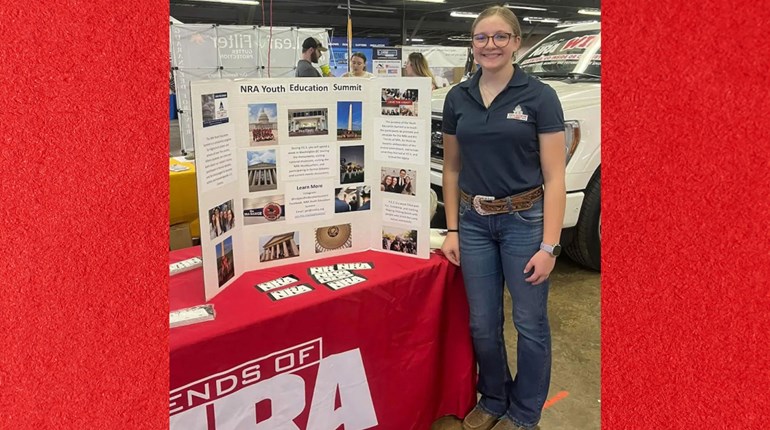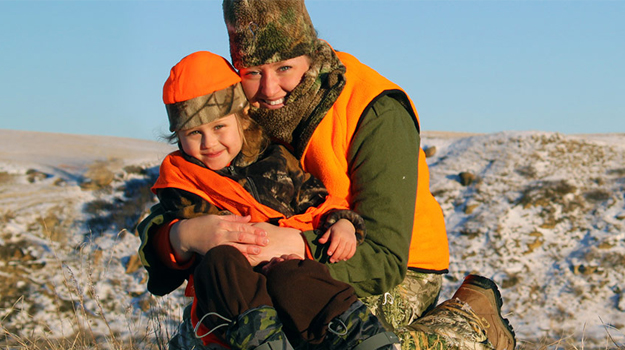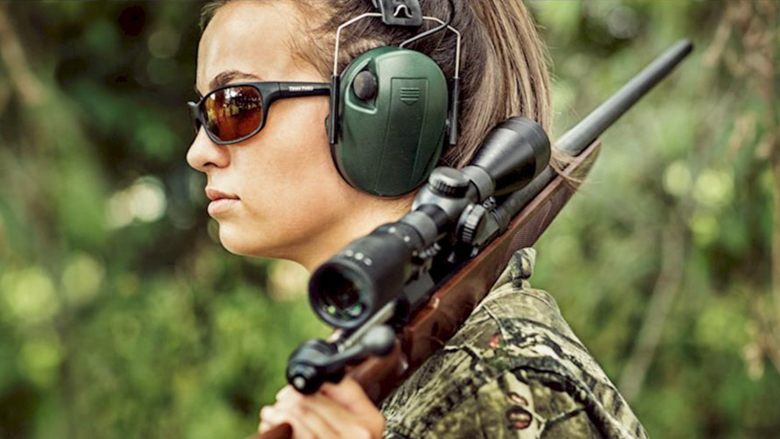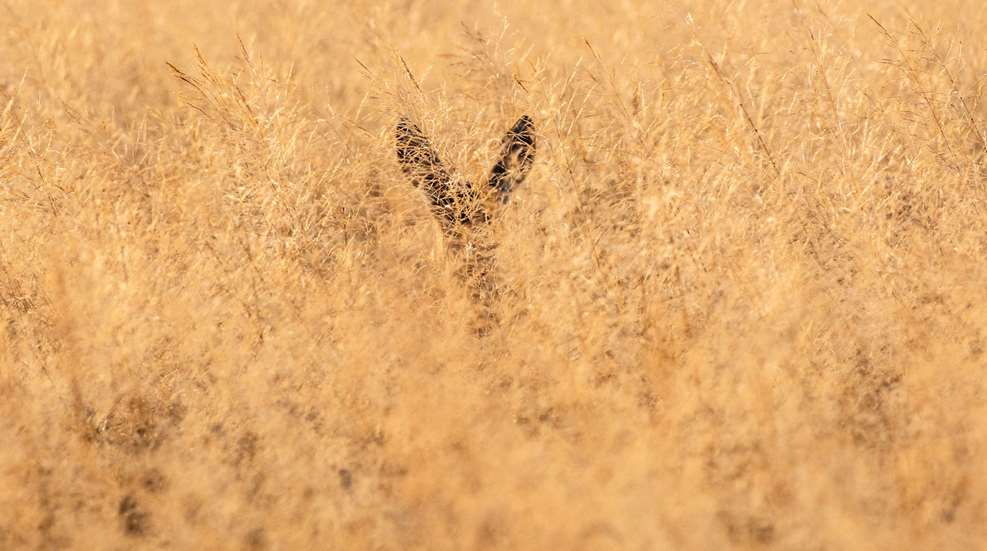
It’s a common scenario in hunting: You have a mostly clear shot opportunity at an animal, but it’s a little obscured by a bush, high grass or other brush. Can a bullet punch through that, still hit its intended mark and perform as it’s supposed to?
Maybe. Hunters who pursue game in thick, dense woods have long favored what they call “brush-busting” guns—chamberings like .30-30 Winchester and .45-70 Government in the old days, and the newer 350 Legend and 450 Bushmaster in recent years. The reasoning is that if you have to shoot through brush, you need a cartridge/bullet that will punch through leaves, grass and sticks and still hit at what you’re aiming. But does that work?
Well, the idea of the brush-busting bullet is hotly debated, for good reason. The truth is that any bullet will be affected in some way if it encounters something in flight. The degree to which it deflects, and what effect the deflection and/or destabilization will have, varies widely. You can’t know for certain, no matter what chambering and projectile you’re shooting, what will happen when shooting through brush, which is why many hunters (myself included) just don’t do it. That said, there are some factors that make the chance of a bullet busting through brush a little more predictable.
Big, heavy, slower-moving bullets are more likely to punch through brush without major deflection—that’s why the classic chamberings like the .35 Remington and .30-30 Winchester are still popular in the Big Woods. By contrast, most modern cartridges are made to be sleek and fast, with a rapid spin, which makes them a poor choice for brush-busting. The faster a projectile is traveling, the more likely it is to be destabilized by an encounter with even the lightest brush. Will it fragment? Will it deform or tumble end-over-end or sideways? Will expansion be affected? There’s no way to know, which is why it’s not advisable to shoot a light, fast bullet through brush, period.

As mentioned, when a bullet encounters something in flight, it will deflect to some extent. Sometimes the deflection will be so minimal as to make no real difference, if the brush is light enough and the bullet is heavy enough. It matters how thick the brush is—a wispy screen of light grass or a thin veil of leaves will have less of an impact on a bullet than a tangled of twigs and thorns. Light brush is the only kind you can even consider shooting through—don’t attempt to shoot through thick stuff.
It also matters where the brush is relative to you and the animal. If you shoot through brush that’s right in front of you and the bullet still must travel 50 yards, even a tiny deflection will rapidly expand to be way off at the target distance (that’s just how angles work). If the brush is right in front of the animal and the bullet must go only a very short distance after it deflects, the angle works in your favor and your shot might still be accurate.
Remember that what you’re seeing in the scope isn’t an exact representation of the bullet’s line of travel. Many a deer owes its life to a twig the hunter failed to notice a few feet from her barrel. You won’t see close-up brush in your scope, and in your excitement about taking a shot, it’s easy to forget to look at what’s right in front of you. Don’t shoot through brush that’s close to you; only consider shooting through brush that’s close to the animal.
When it comes to brush-busting, bullet shape and construction matter, too. Soft lead points or a more fragile, cup-and-core design—common in modern projectiles—are more likely to have problems when encountering brush. Do not attempt to shoot through brush with one of these. The best brush-busting bullet is a simple, old-school, big, solid hunk of metal, and a flat- or round-nosed shape (rather than a pointed nose) is a plus, too. And when I say “best,” I really mean “more predictable, but still not a sure thing.”
You’ll notice I’ve used a lot of “mights” and “cans” and “coulds” in this article, and that’s because there’s no way to know for sure what will happen when a bullet encounters brush. Factors like the distance and thickness of the brush and the size, speed and construction of the bullet do make brush-busting more or less likely, but even so, shooting through brush is never a guarantee. There are many variables you can’t predict with certainty, so consider all the factors carefully before you think about taking a shot through brush.
